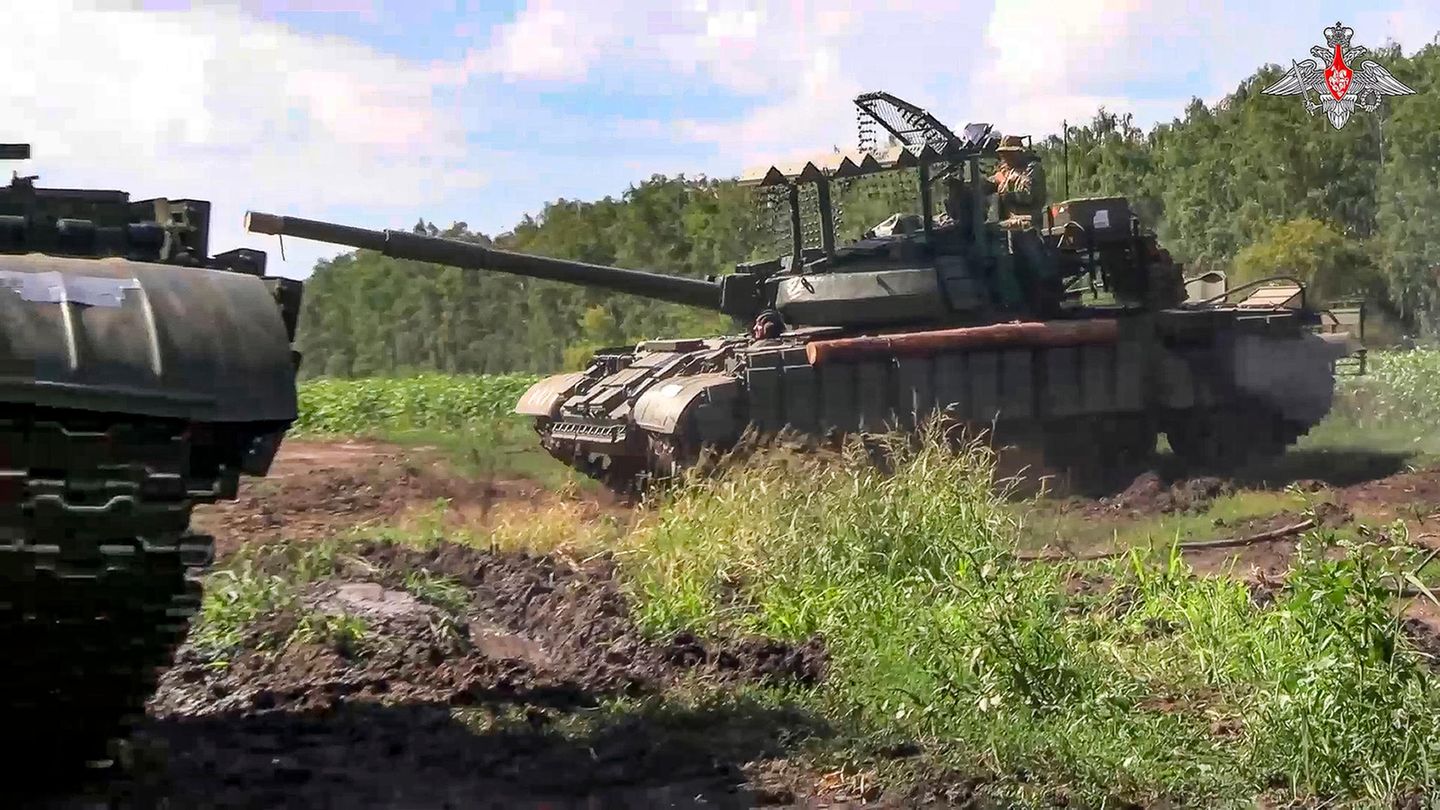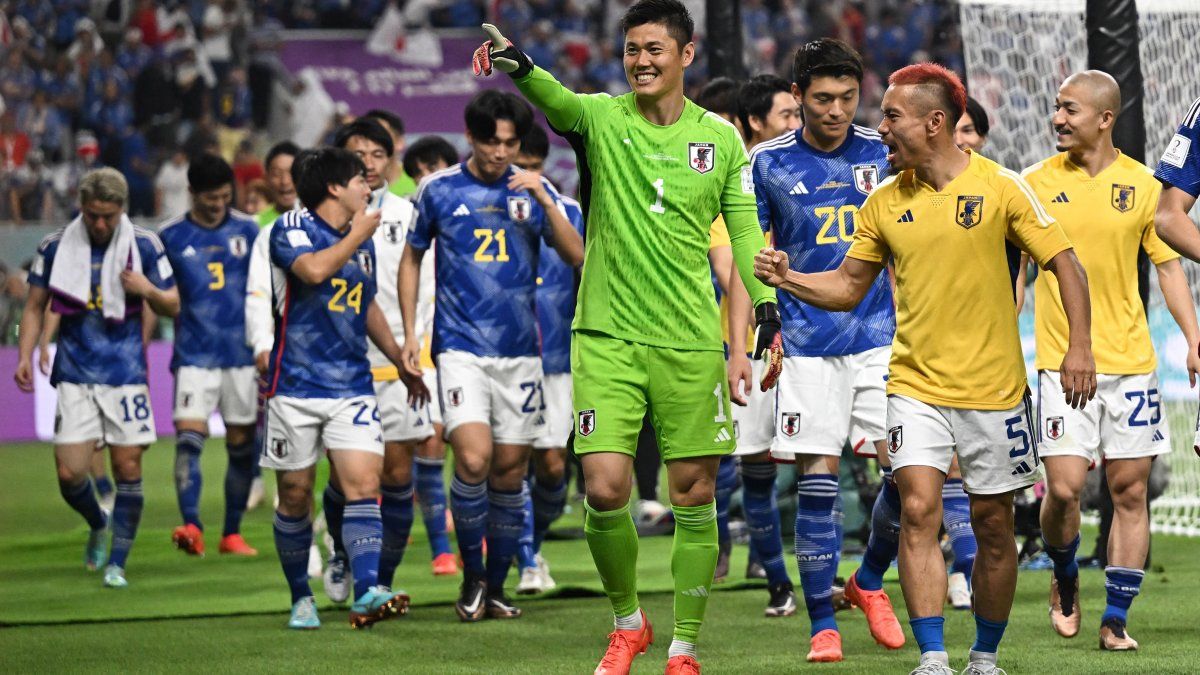Putin is trying to stop the Ukrainian advance towards Kursk. But the territory conquered by Ukraine is still growing. The next few days are crucial.
On August 6, the Ukrainian armed forces made a surprise advance into Russian territory towards the city of Kursk. Small, mobile groups advanced far – quite different from previous Ukrainian advances in the Belgorod area.
Politically speaking, this move was a success for Kiev. Putin was humiliated, the devastation of the war was brought to Russia, and the Russian army was disgraced. It had neither noticed the concentration of Ukrainian troops nor significantly fortified the border region. The Russian soldiers deployed there could not stop the Ukrainian onslaught, which was made possible by the wide gaps between the Russian bases.
Second phase of the Kursk operation
After this first phase, the Russians began to bring in reinforcements to seal off the Ukrainian incursion. And here, too, Kiev achieved a surprising success, which was again due to Russian sloppiness. A reinforcement convoy posted pictures of its journey to the front line. Due to the few possible roads, it was easy to determine the route. When the convoy then stopped in a tight crowd, the Ukrainians struck. Over twelve trucks went up in flames.
But the Russians are also fighting the Ukrainians. The small commando groups that were deployed first and hid in houses were difficult to spot. This is not the case for the troops that followed. To stop the advance, the Russians also used their long-range Iskander missiles against low-value targets.
The Russian reinforcements were able to block the Ukrainian advance towards Kursk, deeper into Russian territory, at least temporarily. In the meantime, the Ukrainians have also brought additional units into the area of the breakthrough. Now it remains to be seen whether these troops can overcome the Russian blocking positions or not. The Ukrainian offensive has not yet become “stuck”.
Fierce fighting for small town
The centre of the fighting is the small town of Sudzha on the north-eastern edge of the incursion. This shows the different character of the fighting in the Kursk region. The Donbass zone is completely fortified, the individual positions cover each other. A surprise advance is only possible in exceptional situations. There were and are free zones around Sudzha that enable mobile combat. The Russian garrison there held out in the eastern part of the town, even when it was cut off. The Russians have now brought reinforcements and the Ukrainians have taken control of the centre of the town. The Russians are clinging to the eastern part. They have managed to stabilise the situation, at least temporarily. The Ukrainians are now trying to surround the Russians on the flanks. It is quite possible that they will capture the entire town.
The Ukrainians were also able to advance 40 kilometers further north of the city. In the area between Levshinka and Sheptukhovka, the Russians attacked Ukrainian positions and tanks with long-range weapons. The same picture was seen further east near the town of Zhuravli.
The Ukrainians are thus managing to expand the territory they have conquered. It is not known whether they will be able to hold the villages now that Russian troops are arriving. Kiev is also trying to attack other parts of the front in order to strengthen the break-in point on the sides. However, the element of surprise is gone.
The front lines and battles are dynamic, the region is not continuously occupied by troops. Major shifts in the front lines are possible and to be expected in the coming days – as long as new troops can be brought into the fight. Kiev is also said to have received permission to use western long-range weapons such as the Storm Shadow in Russia. This should also boost the Kiev offensive and hinder Russian efforts to overcome the crisis.
What is the purpose of the Kursk Offensive?
After the first few days of euphoria, however, the mood was dampened. Despite the surprise success, the fundamental problems of the Ukrainian armed forces remain. Russia has more soldiers, more tanks, more artillery, and then there are the glide bombs. The consequence of this is that the Russians are getting stronger in the Kursk area every day. The Ukrainians, on the other hand, can only bring in fresh troops to a limited extent and for a limited time in order to continue to feed the offensive. From the outside, it is difficult to judge whether the Ukrainians will succeed or fail because the aim of the operation is not known. The failed summer offensive of 2023 was different. Here the aim was clear. The Ukrainians wanted to break through to the sea and thus split the areas occupied by Russia into two zones.
Aims such as taking the city of Kursk or even further advancing towards Moscow are completely out of the question given the limited number of troops. There is speculation that Kiev wants to occupy the nuclear power plant near Kursk. This would give the invasion a “solid shoulder” as Russia cannot invade the zone around the power plant with heavy weapons. The plant and the captured zone could be an important bargaining chip in possible negotiations. However, it is still about 70 kilometers from the hotly contested city of Sudscha to the power plant, although the Ukrainian front lines are much closer.
What happens next
What are the options? The best option for Kiev would be to overcome the Russian barriers and advance further inland. And thus break the first Russian attempt at containment. Then there is the problem that an ever larger conquered zone also requires more troops to hold it. It would be less brilliant if the Russians essentially stopped the advance. Then Kiev would have to go on the defensive in the occupied zone. Positions are allegedly already being dug for this purpose.
In the best case scenario, the Ukrainians can defend the conquered territories tenaciously, so that it takes Putin months to restore the border. But victory looks different. By going into defense, Ukraine loses the initiative, which then passes to the Russian military. The Russian military will then probably rely on slow and systematic attrition. The drama in the Donbass would be repeated at Kursk. The third option would be the rapid evacuation of the conquered territory. Then Kiev would reap the political merits of the surprise success and avoid a costly rearguard action.
Worst case in Donbass
Even if the world is primarily interested in the Kursk offensive, the situation in the east overshadows the successes at Kursk. Here, Kiev cannot hold the front. Positions are being lost in small but continuous steps and it is currently not clear how this process can be stopped. The troops deployed at Kursk are sorely lacking here. And this is what the worst case scenario for free Ukraine would look like: The Russians initially succeed in encircling the Kursk peninsula and pushing the Ukrainians back to the border using their firepower. At the same time, they break through the last heavily fortified defense lines in the Donbass.
Source: Stern
I have been working in the news industry for over 6 years, first as a reporter and now as an editor. I have covered politics extensively, and my work has appeared in major newspapers and online news outlets around the world. In addition to my writing, I also contribute regularly to 24 Hours World.




